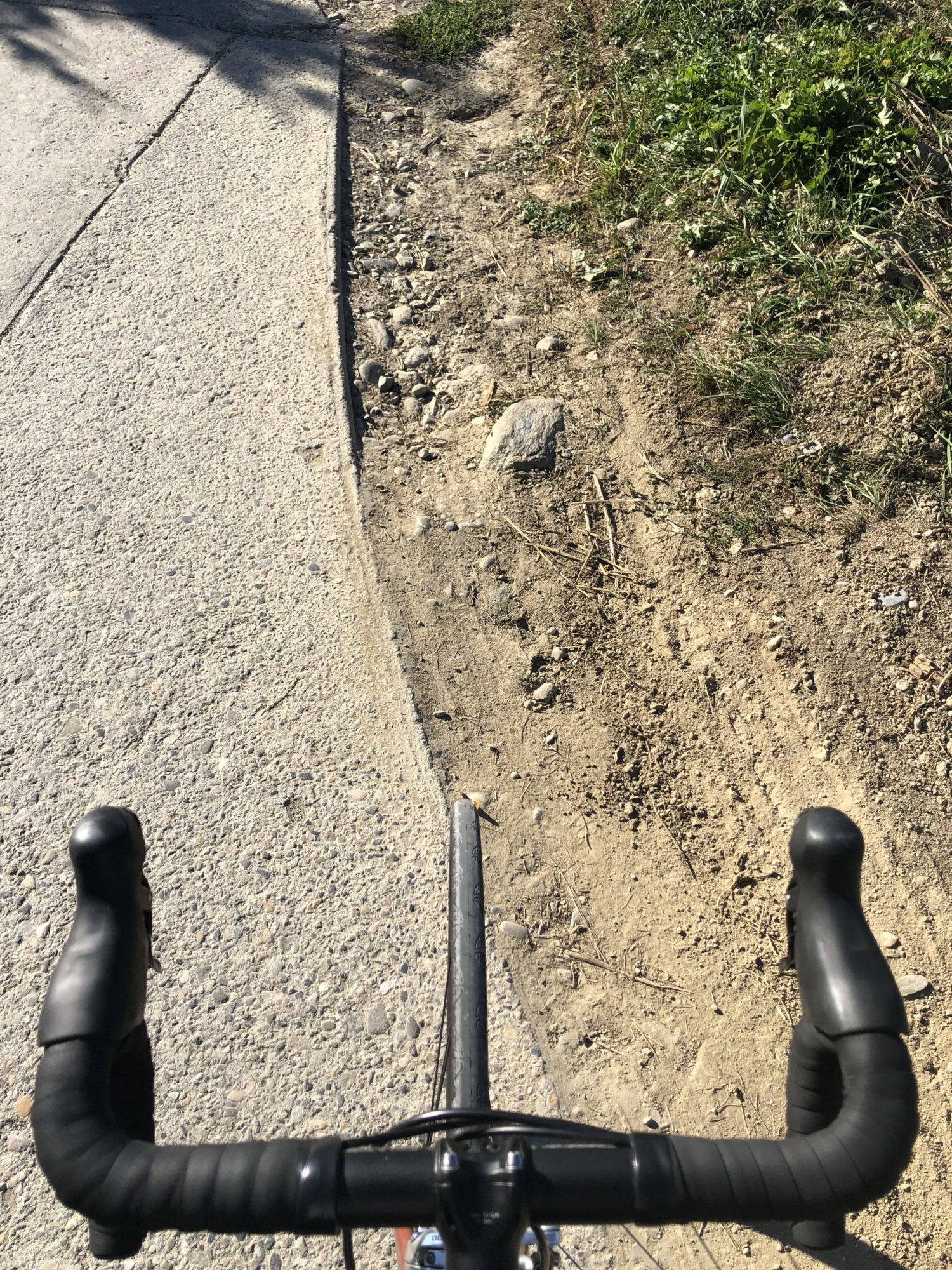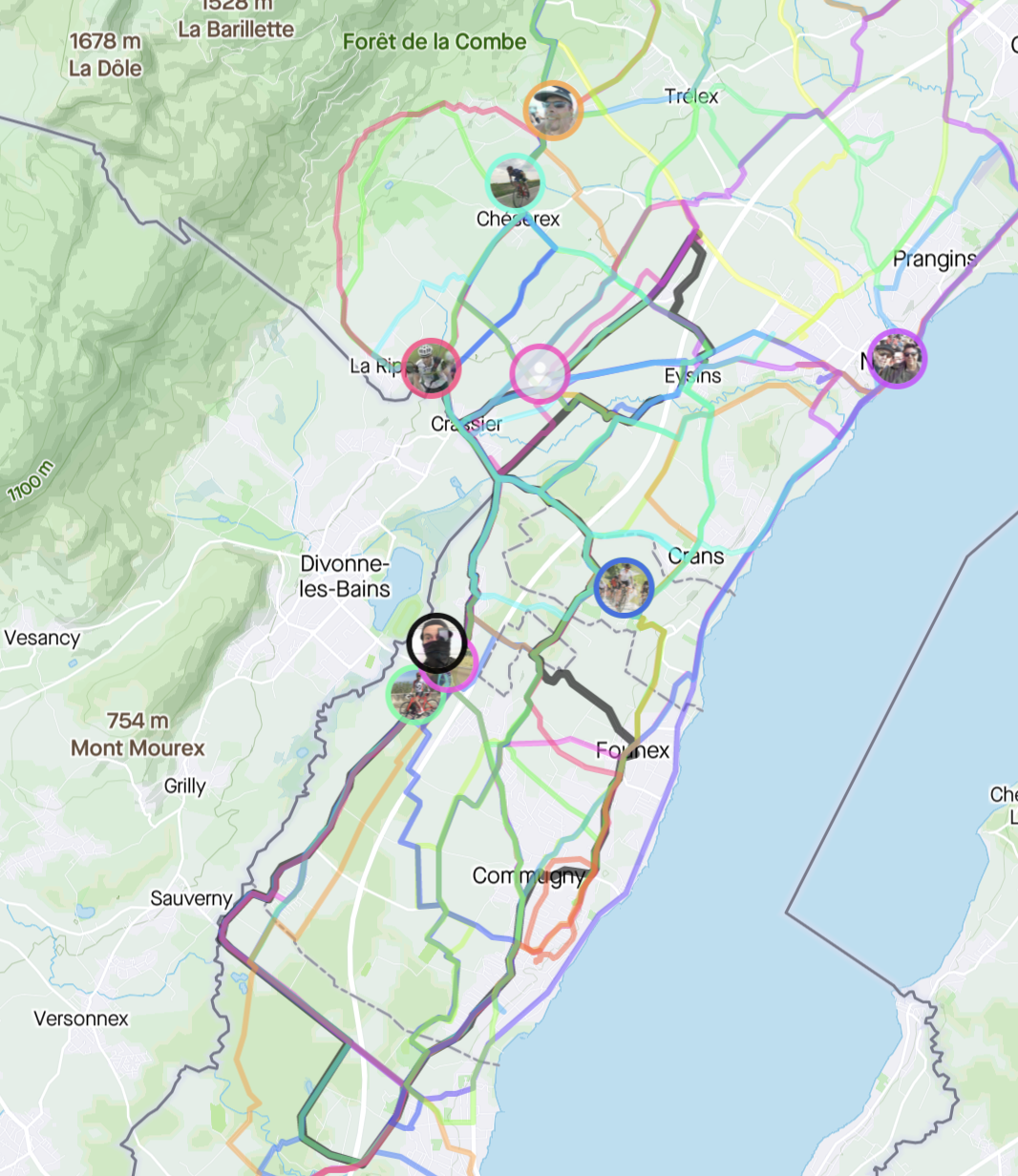Category: cycling
-

Day 56 of Self-Isolation in Switzerland – A Ride Towards Storm Clouds
Reading Time: < 1 minuteToday I had a ride towards storm clouds. I was cycling in the sun but as I looked towards Geneva I could see that it was dark and grey. I questioned whether to turn around or whether to keep going. It started to rain but I was reaching the half way…
-

An Ingress Bike ride that passed by bisons
Reading Time: 3 minutesYesterday I went on an Ingress bike tide that passed by bison. I went from Nyon to Mies and from Mies up towards Gex, and before getting to Gex, I turned towards Divonne where I met an Ingress player before heading home, as the sun was setting. I went out in the…
-
Ingress By Bike
Reading Time: 2 minutesIngress by bike is good when you’re in the countryside because it allows you to travel between villages faster than if you were walking and without the carbon footprint of taking the car or a scooter with an internal combustion engine. It also allows you to stop anywhere. Distance Covered In two…
-

Back to Cycling
Reading Time: 2 minutesYesterday I went back to cycling after breaking my arm and letting it recover. My lower body is fine despite not cycling for a long time but the left arm still feels vulnerable. I could feel it when changing gears and when going over bumps. As silly as it sounds to wait…
-

The WeWatt Bike wait
Reading Time: 2 minutesToday I experienced the WeWatt bike wait again. The first time I experienced it was when flying from Alicante to Geneva and the second time is when I was waiting to meet someone for lunch today. The principle is very simple. If you see that a wewatt bike is free for you…
-

An 80-kilometre ride
Reading Time: 2 minutesYesterday I set off for a bike ride planning to go from Nyon to Gland, and then up and around before heading back to Geneva and then from around Versoix riding back to Nyon. Instead of this I rode from Nyon to Gland and decided to go further and once at Gland…


